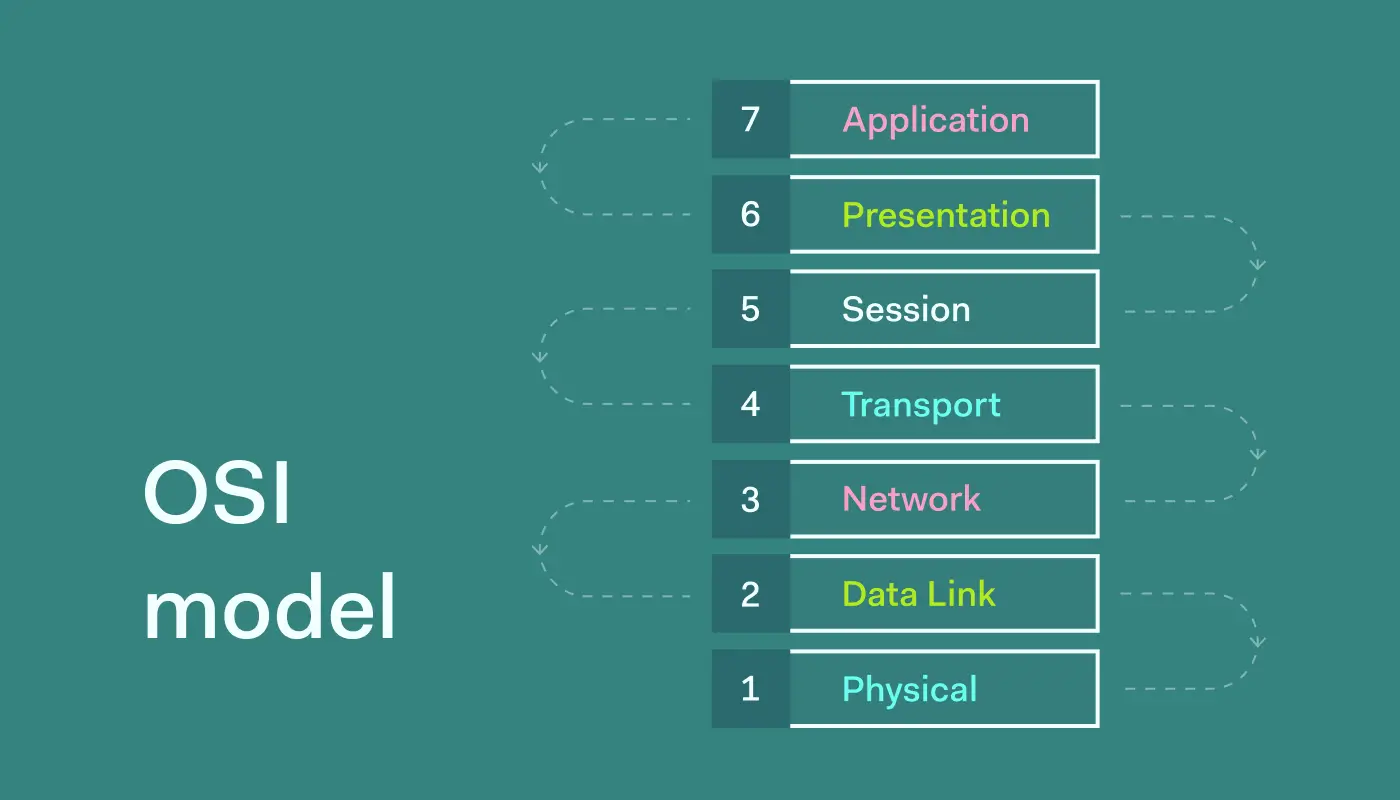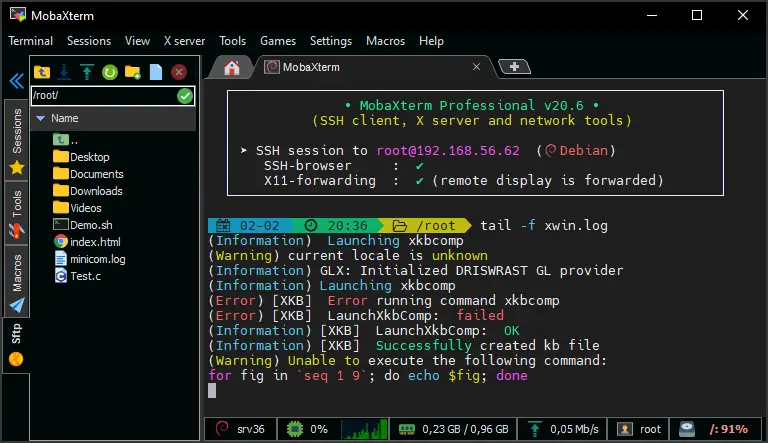Published on Jun 23, 2025
What Is Nginx? A Complete Guide for Beginners and Professionals

Nginx is one of the most popular and widely used web server software in the world. First developed by Igor Sysoev in 2004, Nginx has evolved into more than just a web server. Today, it is used as a reverse proxy, load balancer, and caching server for various web-based applications. This article will discuss Nginx in depth, including its definition, history, main features, how it works, advantages, how to install, configure, and use it in various scenarios.
Definition of Nginx
Nginx is an open-source web server software designed to handle high traffic with optimal performance. Unlike conventional web servers, Nginx uses an asynchronous and event-driven architecture that allows for more efficient use of resources. This makes it the primary choice for websites that require high speed and scalability.
History and Development of Nginx
Nginx was developed by Igor Sysoev, a Russian software engineer, to address the C10k (10,000 simultaneous connections) problem. In 2004, Nginx was first released as an open-source project and quickly gained popularity due to its outstanding performance. Over time, Nginx has evolved into more than just a web server and is widely used by large companies such as Netflix, Dropbox, WordPress, and Cloudflare.
Key Features of Nginx
a. Web Server
Nginx can be used as a web server to serve static and dynamic content with high efficiency.
b. Reverse Proxy
Nginx can act as an intermediary between clients and backend servers, helping to improve application security and performance.
c. Load Balancer
Nginx is able to distribute traffic to multiple backend servers to increase availability and avoid overload.
d. Caching
With the caching feature, Nginx can store copies of data to reduce server load and speed up response time.
e. SSL/TLS Termination
Nginx supports SSL/TLS certificates to secure data communication between clients and servers.
f. WebSocket Proxy
Support for WebSocket allows Nginx to handle connections that require real-time communication.
- How to Resolve Error in Faraday: EXCEPTION of type 'Exception' occurred with message: Unknown error: <class 'Exception'> - Unknown error: <class 'TypeError'> - string indices must be integers, not 'str'
- What Is a Chatbot? Exploring the World of Digital Interaction
- Faraday Kali Linux: The Complete Guide to Integrated Security Analysis
- How to Use Hashcat Kali Linux
- Quantum Computing Impact on Cloud Storage 2025
How Nginx Works
Nginx works with an event-driven and asynchronous approach, which means each process can handle multiple connections at once without having to wait for each one. This is different from the traditional model that uses a thread-based or process-based approach, which is more resource-intensive.
Advantages of Nginx
- High performance: Can handle thousands of simultaneous connections with minimal resource usage.
- Resource efficiency: Uses an asynchronous architecture that is more CPU and RAM efficient.
- Scalability: Easy to configure to handle increasing traffic.
- Security: Supports various security features such as SSL/TLS, rate limiting, and protection against DDoS attacks.
- Flexible configuration: Uses text-based configuration files that are easy to understand and manage.
How to Install Nginx
Here are the steps to install Nginx on a Linux-based system:
a. Installation on Ubuntu/Debian
sudo apt update
sudo apt install nginx
b. Installation on CentOS/RHEL
sudo yum install epel-release
sudo yum install nginx
c. Starting and Checking Nginx Status
sudo systemctl start nginx
sudo systemctl enable nginx
sudo systemctl status nginx
Basic Nginx Configuration
The main Nginx configuration file is located in /etc/nginx/nginx.conf. Here is an example of a basic configuration:
server {
listen 80;
server_name contoh.com;
location / {
root /var/www/html;
index index.html index.htm;
}
}
To apply the configuration changes, run the command:
sudo systemctl restart nginx
Using Nginx in Various Scenarios
a. As a Web Server
Nginx can be used to serve static or dynamic websites with high performance.
b. As a Reverse Proxy
Nginx can direct requests from clients to backend servers such as Apache or Node.js applications.
c. As a Load Balancer
With the load balancing feature, Nginx can distribute traffic to multiple backend servers.
d. As an API Gateway
Nginx can be used as an API Gateway to manage API requests from multiple clients.
Optimizing Nginx for Maximum Performance
Some optimization steps that can be applied:
- Enable gzip compression
- Use cache for static content
- Optimize worker_processes and worker_connections configurations
- Use FastCGI caching to improve PHP performance
Conclusion
Nginx is a powerful, flexible, and highly efficient web server in handling high traffic. With features such as reverse proxy, load balancing, and caching, Nginx is the ideal solution for various hosting and web application management needs. If you are looking for a fast and reliable web server, Nginx is the best choice.
By understanding the basic concepts, installation, and configuration of Nginx, you can optimize the performance of your website and applications. Hopefully, this article helps you understand more about Nginx and how to use it effectively.





